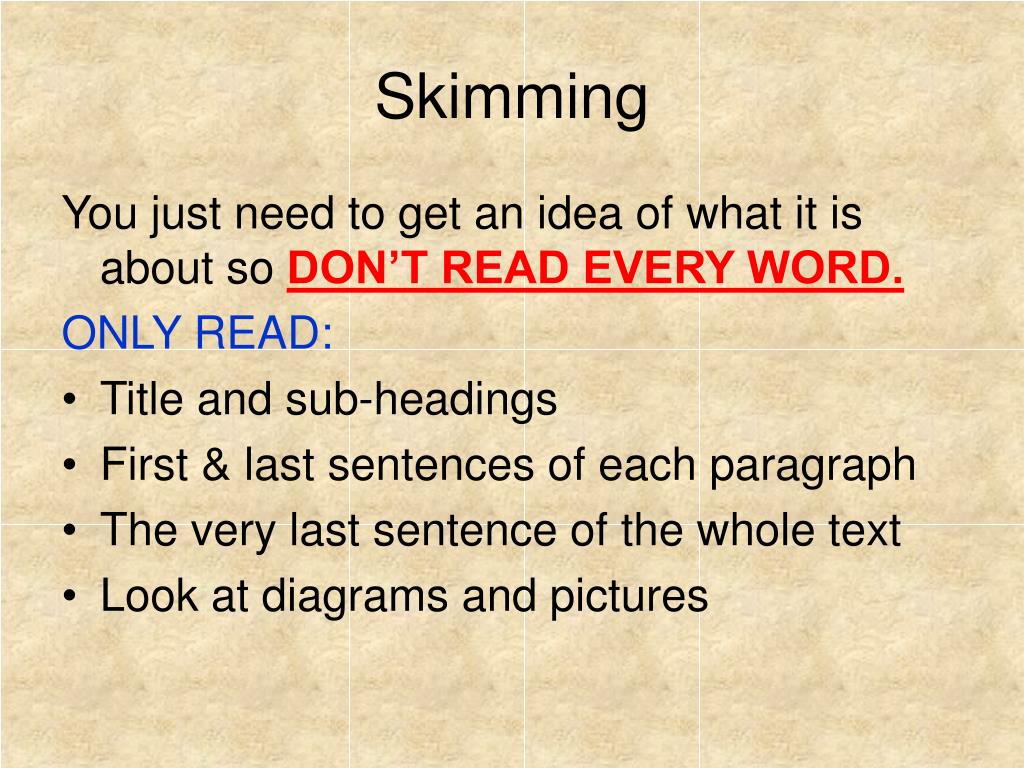


One of my lecturers told me that the most important bits, the introduction and then the conclusion, when it comes to reading a chapter. So I found that over the years, now I'm much better at just making sure I focus on the key information, sort of skimming where I think it's not as important. And your concentration, at least, my concentration would go sort of halfway through. They're big, they're 30-page chapters, takes a while to get through. Tavian: When I first started, I would read every word in that chapter or two chapters, but they're meaty textbooks. What is the findings of the study which you want to take over to your article? So read the discussion, big things from the discussion and then if you need something, you can go back again to the introduction, but then that should automatically help you rather than reading the whole article and then going from one to another. So the discussion is probably the main bit. If you think it's valuable to help you build an argument you save that as a link, save the link, keep doing that as and when you frame the answer.'Īnd then what you do is' then you come back to it' when you revisit it, skim through the introduction and then go back to the discussion. And I was like, Where to start? So she's like, 'You should do this, that you should just read the abstract of any academic journal, just to begin with, because academic journals are going to be like really big, huge passages. So she sat me down and I was like, 'I don't really know where to start.' And she's like, the literature is the important bit, and for the literature you have to read like a lot of articles to build up an argument. And then I think she understood the issues of people who haven't really written an academic report before. But the professor, she was really very sweet. It was like a 2,000-word thing and I just didn't know what to say, where to start, what to do. Read our advice for different reading methods and check out the practice material on our Canvas site.Īnn Marie: I think the first time, one of my first assessments was in Psychology, and it was to write a report. The way you read for initial general research is different to how you read a dense theoretical passage. Your approach to a text depends on your purpose for reading it and what the text is.

It’s an essential part of preparing for seminars, lectures and practical work, working on assessments and revising for exams. Reading is a major part of life at Sussex.
#Skim reading how to
Look at Searching Library search and beyond below to see how to start.

Check out Boolean connectors below for a useful introduction. Go to How to start searching for information below for the first steps.


 0 kommentar(er)
0 kommentar(er)
